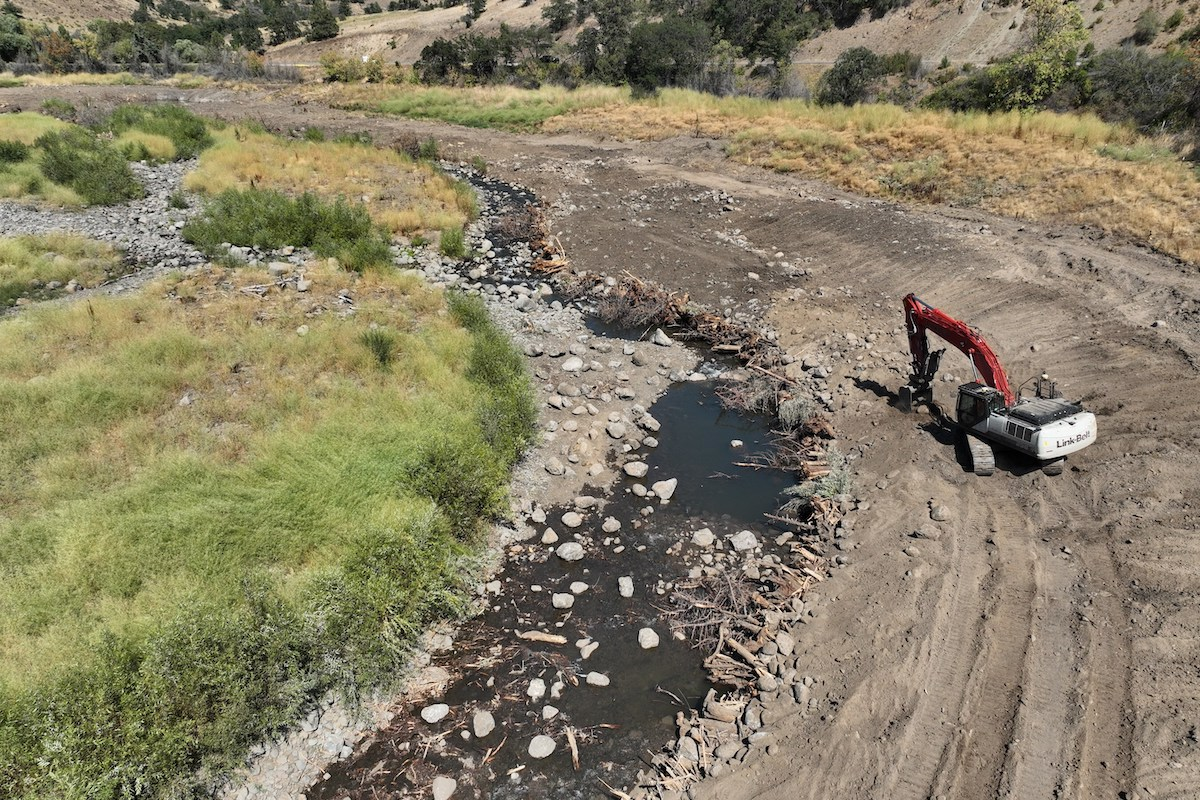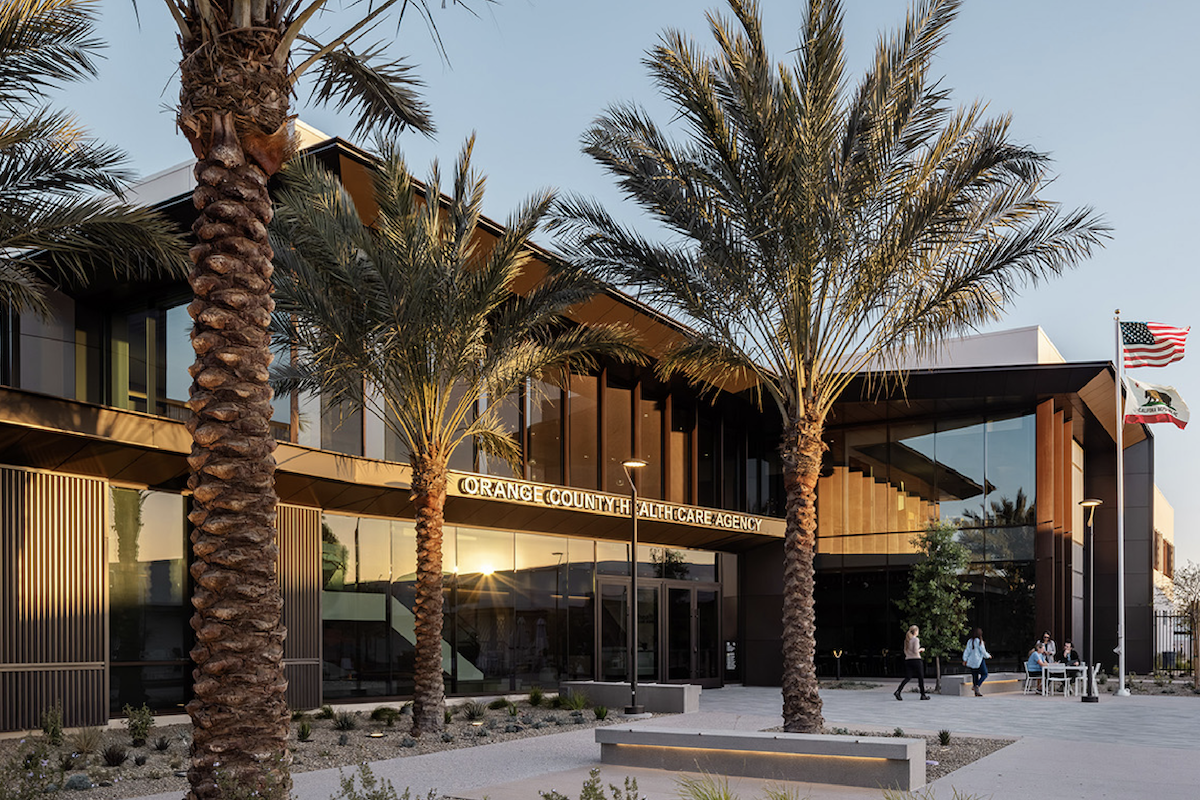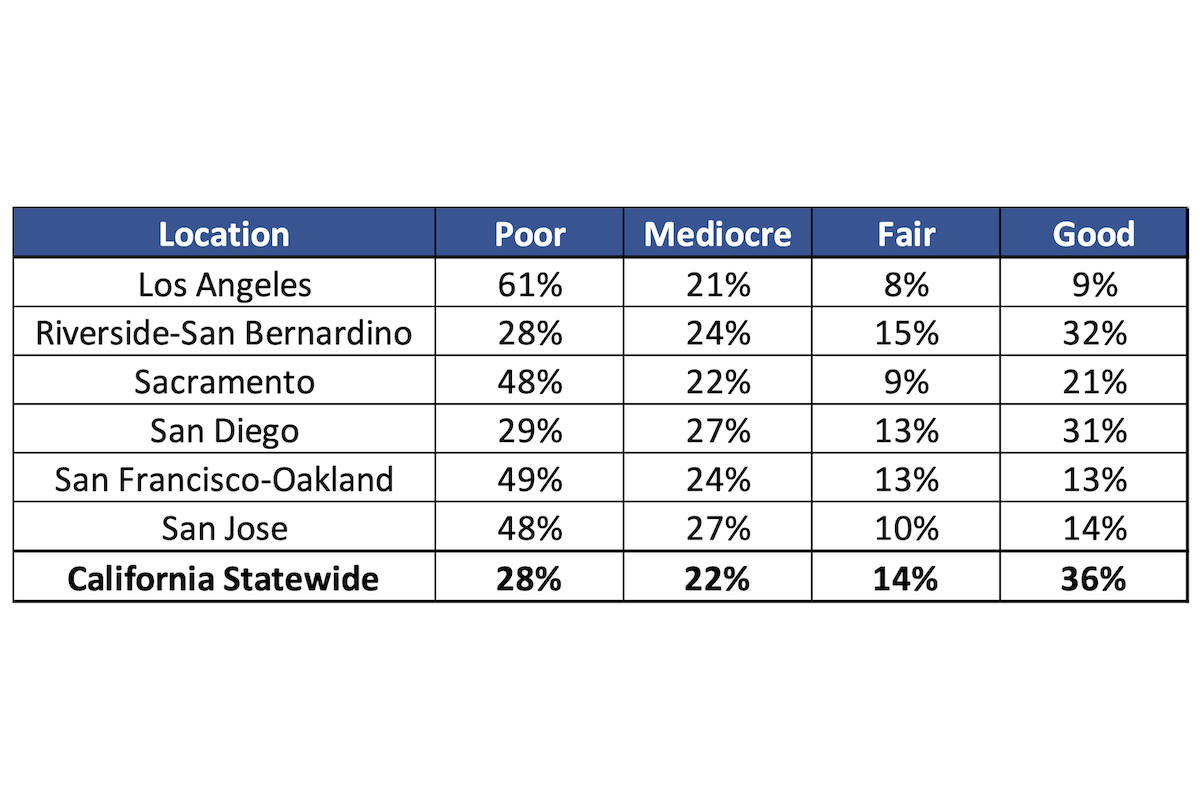Grand Parkway is being developed and constructed in 11 segments, designated A through I-2, extending from SH 146 in Galveston County to SH 146 in the city of Baytown. Currently, the focus is on completing segments H, I-1, and I-2, which span roughly 53 miles around northeast Houston, running through Chambers, Harris, Liberty, and Montgomery counties. TxDOT’s Houston and Beaumont districts are overseeing development of these segments.
In June 2017, TxDOT officially awarded a design-build contract for segments H and I to Grand Parkway Infrastructure (GWI), a consortium led by Ferrovial Construction (formerly known as Ferrovial Agroman US Corp.) in partnership with Webber LLC and Granite Construction Inc. The contract included a stipulation that GPI must meet a disadvantaged business enterprise (DBE) goal of 10 percent. Furthermore, the project is subject to federal diversity and labor compliance requirements, and has a workforce diversity goal of 6.9 percent women and 27.4 percent minority for all construction work performed.
Construction activities have been underway since July 2018. The combined project length for segments H and I-1 is 37.5 miles, stretching from I-69/U.S. 59 in New Caney through southwestern Liberty County to I-10 in Chambers County, near Mont Belvieu. Here, workers are creating a new two-lane toll facility (one lane in each direction) with intermittent four-lane sections for passing. This section of roadway includes work on 70 main lane bridges, two frontage road bridges, two ramp bridges, seven turnarounds, discontinuous frontage roads, and tolling booths and ramps.
Segment I-2 is divided further into segments I-2A and I-2B. Segment I-2A, located between FM 1405 and I-10, is 8.7 miles long, and consists of tolling equipment upgrades and other improvements to an existing four-lane facility originally built by TxDOT in 2008. Segment I-2B will be a new 6.1-mile, four-lane toll facility from SH 146 to FM 1405. Together, segments I-2A and I-2B contain 20 main lane bridges, eight turnarounds, discontinuous frontage roads, and tolling booths and ramps.

| Your local Trimble Construction Division dealer |
|---|
| SITECH Southwest |
| SITECH West |
In addition to new roads and bridges, the scope of work includes utility relocations and aesthetic enhancements/landscaping improvements. GPI is also providing maintenance along portions of the project through a Capital Maintenance Agreement with TxDOT, which “gives warranty or additional assurance on the quality of the project,” says Grady Mapes, Comprehensive Development Agreement Program Director, TxDOT.
Utility relocations, which represent 10 percent of the project cost and include major oil and gas pipelines, have posed significant coordination challenges. Close collaboration with both public and private utilities has proved beneficial in advancing construction activities.
“The public utility companies that we coordinate with have been great,” Neil says. “However, there is a balancing act on their end as they are simultaneously assisting us with utility relocations and providing service to their residential and commercial customers. Communication is imperative to ensure that schedules are met and that there are contingency plans in place so that construction can proceed.”
Neil notes that each private utility has a unique set of guidelines for relocating or working near their facilities. “Similar to the public utility companies, we communicate early and often with the private utility companies to adhere to lead times for their utility relocation protocols,” he adds.
The project team is also managing a sizable number of right-of-way acquisitions for the chosen alignment. “TxDOT will acquire close to 400 properties so that this project can be built,” Neil comments. “Each property can have its own unique set of circumstances, which can often delay the acquisition process. Once GPI has been notified by TxDOT that a parcel has been acquired, our project team mobilizes to the area to begin land preparation. The challenge often comes when the crews perform certain activities in an area of the project and can no longer continue because a property has yet to be acquired.”

| Your local Gomaco dealer |
|---|
| Terry Equipment |
In addition, safety and construction team members are utilizing construction software supplied by Houston-based Heavy Construction Systems Specialists, Inc. (HCSS). “GPI’s safety team uses it to track training, meetings, incidents, inspections, and observations,” Neil explains. “The system affords our safety team to be more hands-on in the field, and our construction team uses it to track timecards and equipment.”
Inclement weather conditions often create hurdles for Houston-based projects. The region’s humid subtropical climate and proximity to the coast make it prone to ample year-round rainfall. During – and sometimes after – heavy rains, the waterlogged ground conditions will slow or prevent crews from performing certain activities.
Severe weather events including hurricanes and floods can also impede progress. According to Neil, more than 30 inches of rain was recorded in the Houston area as a result of Tropical Depression Imelda in September 2019. Governor Greg Abbott declared a state of disaster for all counties impacted by Imelda – including those counties traversed by the Grand Parkway H and I segments, where floodwaters swept away materials from the top layers of embankment and slopes under construction.
“Some material was washed away in and around the project area, and we had extensive equipment damage. While this rain event was only in the area for a few days, it prevented us from accessing the full project for several weeks and it took months to clean up,” Neil states.
Along with general site cleanup and debris removal, crews had to perform post-storm activities such as dewatering, re-grading of drainage ditches, repairing a crossing, and reconstructing the haul road.

| Your local Trimble Construction Division dealer |
|---|
| SITECH Southwest |
| SITECH West |
“Every effort was made to continue work in areas that were not impacted by the rain event, while allocating resources to areas that were impacted, so that our team could get back to work,” Neil adds.
Ultimately, this 184-mile mega-loop will fulfill a decades-old vision to meet the evolving needs of a growing region that serves as a bustling hub for tourism, business, and commerce. The plethora of benefits include improved connectivity to other major roadways in Houston (which also supports hurricane-evacuation efforts), congestion relief, boosted economic growth, and enhanced traveling safety.
“The SH 99 [Grand Parkway] segments H and I projects are part of our overall goal to improve mobility and keep Texans moving. The SH 99 corridor will also provide relief to the heavy freight traffic along the east side of Houston serving the Port of Houston and other facilities,” says TxDOT Houston District Engineer Eliza Paul, PE.
TxDOT Beaumont District Engineer Don Smith, PE concurs. “SH 99 is a vital part of our mission here at TxDOT, ‘Connecting you with Texas.’ This corridor will improve safety, relieve congestion, and continue to foster economic growth in Liberty and Chambers County, and the entire region,” he states.
As the population in Southeast Texas continues to grow, Paul notes that TxDOT is continuing its efforts to “find sound transportation solutions that address demand.”

| Your local Trimble Construction Division dealer |
|---|
| SITECH Southwest |
| SITECH West |
She adds, “This innovative project will help us move in the right direction and we are certainly very proud of the great work of our staff, consultants, and contractors. We are currently investigating the feasibility of completing the remaining part of the Grand Parkway that has not been built. We are working with Galveston, Brazoria, and Fort Bend counties to look at the possibility of completing the entire loop.”
- Location: Northeast of Houston, Texas (in Chambers, Harris, Liberty, and Montgomery counties)
- Project Length: Approximately 53 miles
- Total Estimated Cost: $1.3 billion (including $895 million for design, construction, and utilities)
- Construction Timeline: July 2018 – Spring 2022 (substantial completion)
- Owner: Texas Department of Transportation
- Design-Build Contractor: Grand Parkway Infrastructure (a joint venture comprising Ferrovial Construction, Webber LLC, and Granite Construction Inc.)
- Segment A: A proposed 6-mile segment located near Dickinson and League City in Galveston County, extending from SH 146 to I-45 (Gulf Freeway). Currently, this segment is not considered viable, but this status could change in the future.
- Segment B: A 28-mile segment extending from I-45 (Gulf Freeway) in Galveston County to SH 35 in Alvin and SH 288 near Rosharon, in Brazoria County. It is currently environmentally approved, but construction has not begun.
- Segment C: A 26-mile segment extending from SH 288 in Brazoria County to Southwest Freeway in Fort Bend County. It connects with the existing Segment D. It is currently environmentally approved, but construction has not begun.
- Segment D: Completed in 1994. Runs 17.4 miles from Southwest Freeway to Katy Freeway on metro Houston’s southwest side.
- Segment E: Completed in 2013. Runs 15.2 miles from Katy Freeway to SH 290 (Northwest Freeway), near Cypress.
- Segment F-1: Completed in 2016. Runs 12 miles from SH 290 to SH 249 in Tomball.
- Segment F-2: Completed in 2016. Runs 12.1 miles from SH 249 in Tomball to I-45 near Spring.
- Segment G: Completed in 2016. It is 13.7 miles long and links I-45 in Spring to I-69/U.S. 59 in New Caney.
- Segment H and I-1: Under construction since July 2018; anticipated to open to traffic in April 2022. Combined, segments H and I-1 extend 37.5 miles, from I-69/U.S. 59 in New Caney through southwestern Liberty County to I-10 in Chambers County, near Mont Belvieu.
- Segment I-2: Under construction since July 2018; anticipated to open to traffic in April 2022. This segment is 14.8 miles long and runs between Mont Belvieu and Baytown on metro Houston’s east side. The portion from I-10 south to FM 1405 was originally constructed in 2008, and is currently being upgraded. The portion from FM 1405 to SH 146 in Baytown is a new facility under construction.

































































